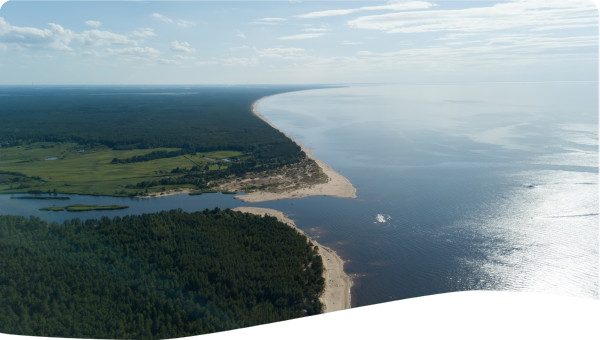Along the US Atlantic and Gulf coasts, port authorities and governments have been competing for access to federal funds to deepen the channels and berths in each of the major estuary-based harbors, thereby facilitating access by larger containerships. Consistent with a source-to-sea conceptualization, physical modifications of an estuary can result in dynamic changes to its water and sediment flows, resulting in new arrangements of environmental features. These modifications, in turn, can lead to redistributions of the net benefits arising from extant flows of valued ecosystem services to stakeholders and communities in the broader river-estuary system. Here, some of the implications of channel deepening in the Hudson river-estuary system were examined as a case study. An integrated analytical framework was developed, comprising hydrodynamic models of water flows and environmental characteristics, especially salinity; extreme value estimates of the occurrence of regional droughts; and assessments of the welfare effects of changes in ecosystem services. Connections were found among channel deepening in the lower estuary, increased risks to fluvial drinking water withdrawals in the upper estuary, and expected economic losses to hydropower generation in the upper river. The results argue for a more inclusive consideration of the consequences of human modifications of river-estuary systems.
Description / Abstract
Publication year
Publisher
Thematic Tagging
English
 Resource -
Resource -
